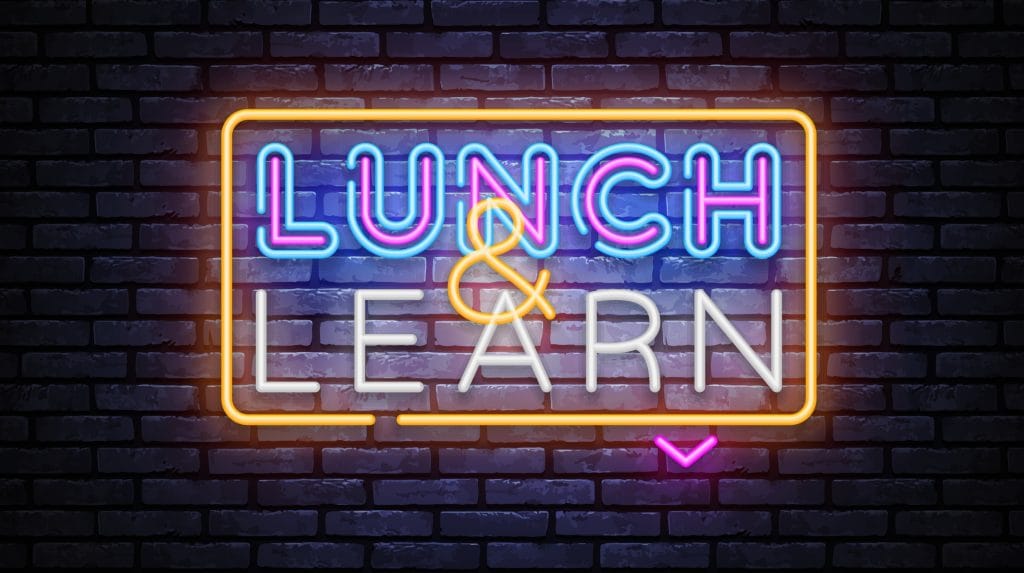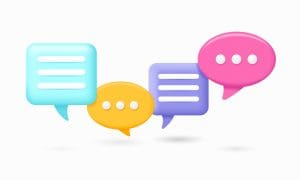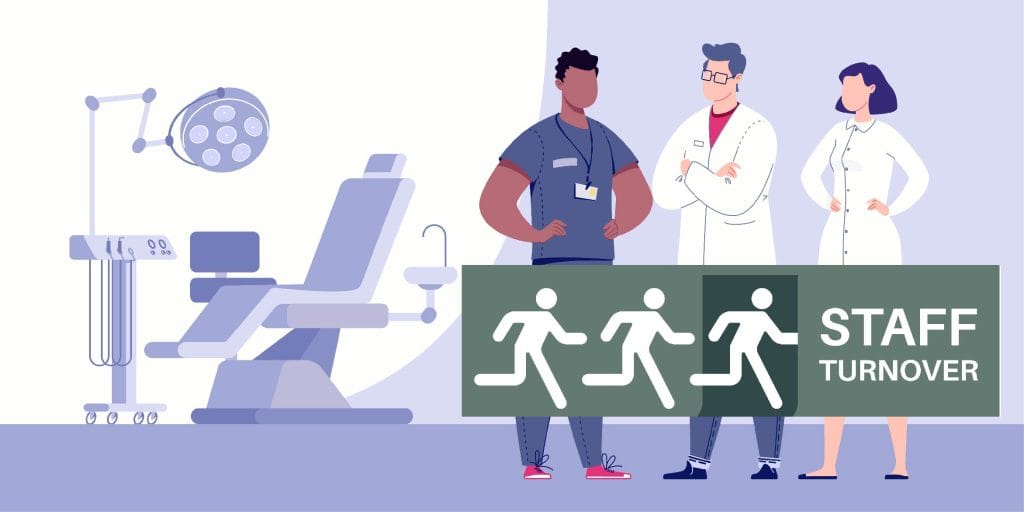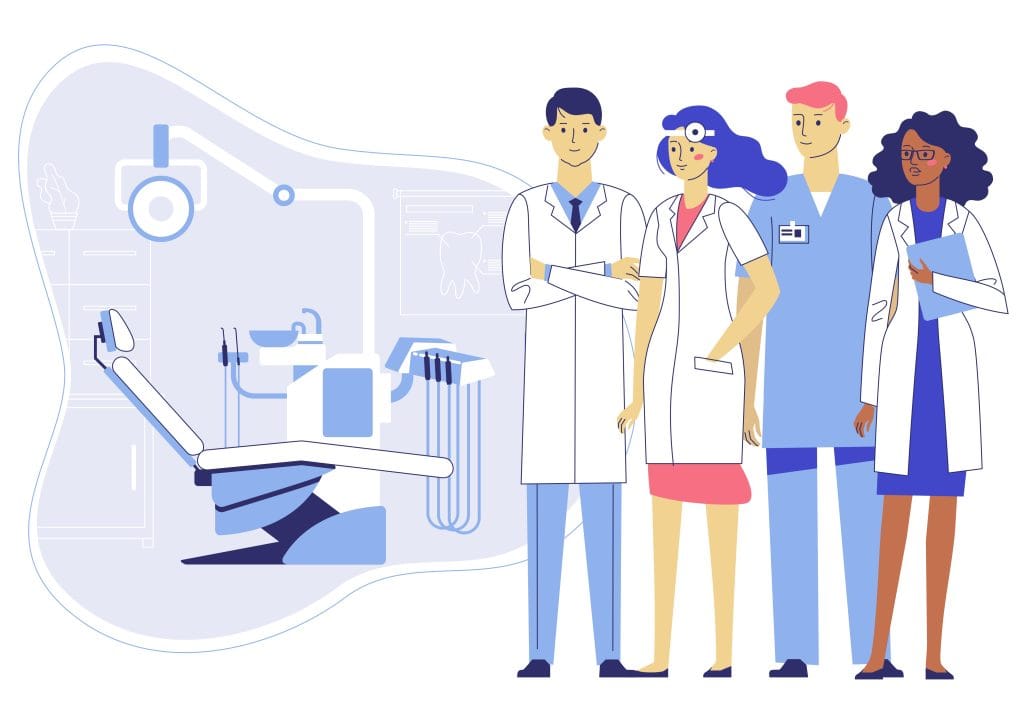 Let’s be honest—running a dental practice is a lot more than just seeing patients and performing procedures. A smooth, well-run office depends on strong teamwork, clear communication, and continuous learning. But finding the time for professional development? That’s where it gets tricky.
Let’s be honest—running a dental practice is a lot more than just seeing patients and performing procedures. A smooth, well-run office depends on strong teamwork, clear communication, and continuous learning. But finding the time for professional development? That’s where it gets tricky.
If you’ve ever tried scheduling a long team meeting or an after-hours training session, you probably know how difficult it is to get everyone on board. People are busy, schedules don’t align, and let’s face it—no one really wants to stay late for another meeting.
That’s why Lunch and Learns are such a game-changer. They allow your team to grow, stay engaged, and refine their skills—all while enjoying a meal together. It’s professional development without the hassle. And when done right, these sessions can have a huge impact on your practice’s efficiency, team morale, and overall patient experience.
Why Lunch and Learns Work So Well
Think of Lunch and Learns as a low-cost, high-value way to build a culture of learning in your practice. You don’t need a big budget or fancy equipment—just a structured, engaging discussion that happens over lunch.
Here’s why they’re so effective:
They Boost Morale and Engagement
Employees want to feel valued. When you take the time to invest in their growth, it sends a clear message: “You matter, and your development is important to this practice.” That kind of acknowledgment increases job satisfaction and keeps your team motivated.
Imagine a team member who’s been struggling with patient communication. A well-structured Lunch and Learn on case presentation skills can give them the confidence they need to improve, leading to better patient acceptance and job satisfaction.
They Improve Knowledge and Skills
Dental practices are always evolving. New techniques, updated procedures, and better ways to manage patient interactions emerge all the time. Lunch and Learns provide a structured way to keep your team sharp.
Topics can cover everything from how to explain treatment plans effectively to improving front desk efficiency or reducing no-shows. The more your team knows, the better they can perform.
They Create a Culture of Continuous Learning
The best practices don’t just train their teams once and expect them to be experts forever. They create a culture where learning happens regularly.
When Lunch and Learns become a habit, your team expects ongoing development rather than just occasional training. This mindset encourages curiosity, improvement, and better teamwork.
They Foster Open Communication
A relaxed, informal setting makes it easier for team members to ask questions and share insights. Unlike formal meetings, where people may feel hesitant to speak up, Lunch and Learns create a safe space for discussions.
Let’s say your front desk team has noticed that new patients often seem confused about insurance coverage. A Lunch and Learn can be the perfect opportunity to address this issue, brainstorm solutions, and role-play better ways to explain insurance policies clearly.
They’re Cost-Effective
Compared to off-site training programs, Lunch and Learns are incredibly budget-friendly. You don’t need to pay for travel, expensive courses, or lost production time.
All it takes is a meal and some structured discussion, and your team walks away with valuable skills that improve your practice.
How to Make Lunch and Learns Effective
To get the most out of your Lunch and Learns, they need to be structured, engaging, and relevant. Here’s how to do it:
Choose Topics That Matter
What are the biggest pain points in your practice? Are there areas where your team struggles? The best Lunch and Learn topics address real challenges and provide immediate value.
Some great topics include:
- Handling difficult patient conversations – Role-playing different scenarios can give your team the confidence to manage tough discussions.

- Increasing case acceptance – Teach your team how to present treatment plans in a way that patients understand and accept.
- Emergency protocols – Ensure everyone knows what to do in urgent situations.
- Time management strategies – Help your team be more efficient throughout the day.
Make It Interactive
The more your team participates, the more they’ll retain. Instead of just presenting information, include role-playing, Q&A sessions, and discussions.
For example, if the topic is improving phone etiquette at the front desk, have your team take turns practicing different phone call scenarios. Discuss what works well and what can be improved.
Keep It Short and Engaging
Attention spans are limited—especially during lunch. Aim for 30-45 minutes to keep energy levels high. If the session drags on too long, people will start tuning out.
Break up the content with real-life examples, team discussions, and hands-on practice to make it more engaging.
Provide Lunch
It’s called a Lunch and Learn for a reason! Even something as simple as sandwiches or pizza makes the session feel like a perk rather than an obligation.
Bring in Experts When Possible
Sometimes, an outside perspective makes all the difference. Consider bringing in guest speakers, senior team members, or industry experts to share insights.
For instance, if your team is struggling with patient retention, invite a dental consultant or marketing expert to give fresh ideas on improving patient loyalty.
Follow Up and Implement
Training doesn’t work if it’s forgotten the next day. After each Lunch and Learn, set actionable goals and follow up in team meetings.
For example:
- If the session was about reducing cancellations, track no-shows over the next month and see if the training made a difference.
- If the topic was improving case presentations, role-play with your team in future meetings to reinforce the skills learned.
Final Thoughts
Lunch and Learns are one of the easiest, most effective ways to keep your team engaged, educated, and motivated. They don’t require a big investment of time or money—but the benefits are huge.
When your team is well-trained, confident, and aligned, it shows in patient interactions, case acceptance, and overall practice efficiency.
So, why not give it a try? Start small, be consistent, and watch how a culture of learning transforms your practice from the inside out.
Feel free to call us if you have any questions at (800) 640-1140 or email me at Jeffs@mgeonline.com.







No Comments
Be the first to start a conversation